Home > Climate News >
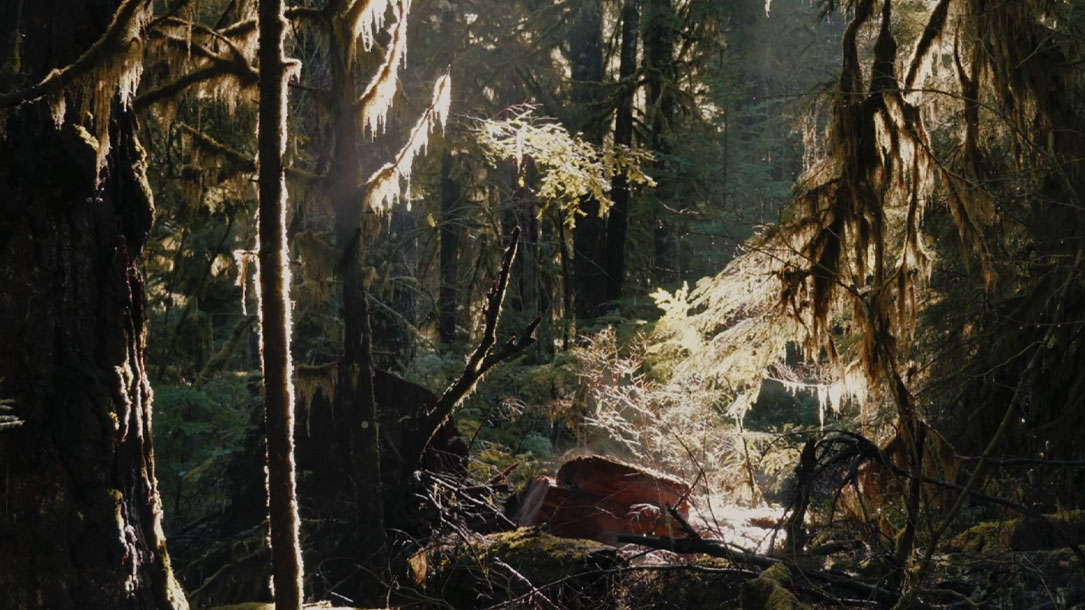
Why old-growth trees are crucial to fighting climate change
Nature is already socking away a lot of carbon for us. It could soak up a lot more—if we help. This story dives into the science behind forests and carbon sequestration.

Purdue entomologist, green groups laud solar farm for native ground cover plan
Julie Borgmann, director of Muncie-based Red-tail Land Conservancy, spoke in favor of the pollinator-friendly provisions at several meetings of county government and also collaborated with the other supporters, including the Hoosier Environmental Council.
In an interview, she noted that, while it’s taken her land trust two decades to protect 2,700 acres of land in East Central Indiana, “this single solar farm” can “really have a huge impact on habitat for bugs, birds…and it goes on down the (ecosystem) line.”
Brock Harpur, an assistant professor of entomology at Purdue, called the new ordinance “a massive step forward for pollinator conservation in this state”…
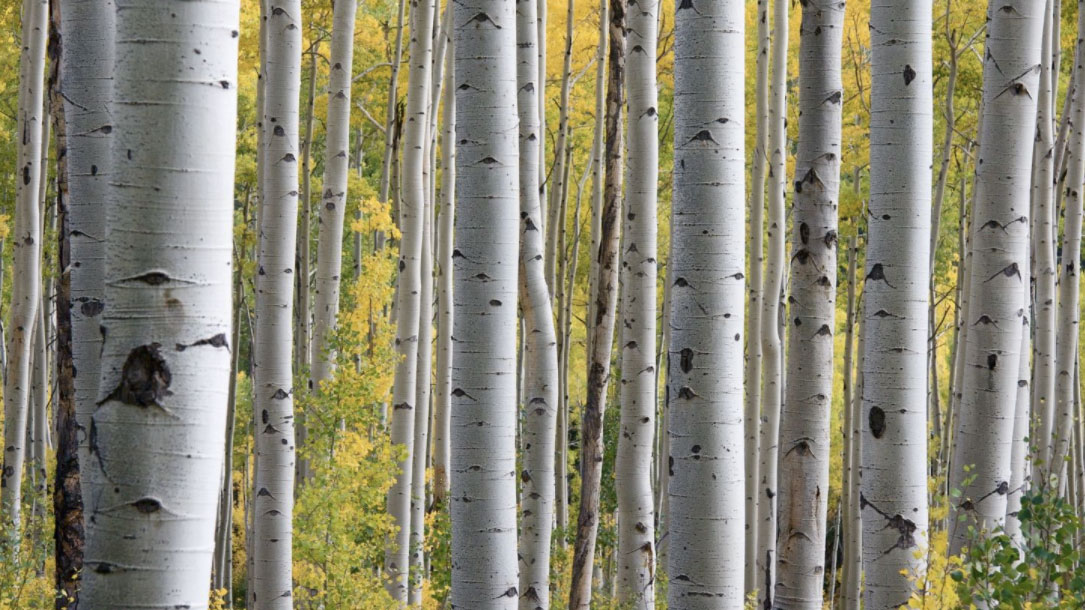
Wild carbon: a synthesis of recent findings
Permanently protecting forests and allowing them to grow in landscapes free from direct human manipulation is proving to be one of the most effective and cost-efficient methods available to address the climate crisis. While wild nature has a right to exist simply for its intrinsic value, recent science is shedding peer-reviewed light on the exceptional carbon storage capacity of unmanaged land, and its equally important benefits for safeguarding biodiversity.
In this short synthesis, ecologist Mark Anderson summarizes recent studies that demonstrate that in our fragmented, fast-developing world, wilderness offers the earth and its community of life the precious gift of time…
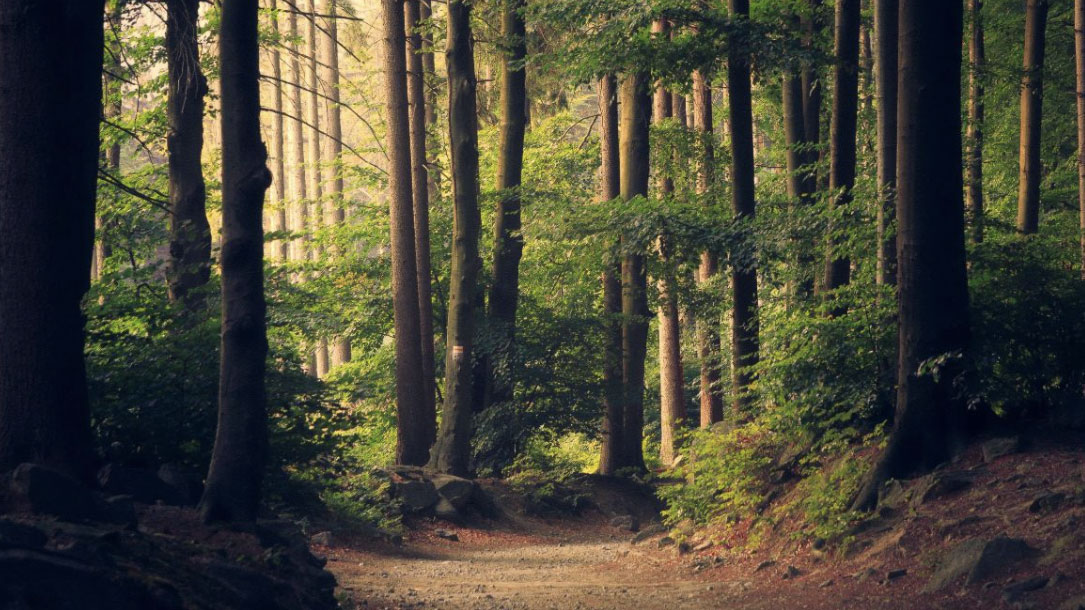
New forest carbon offset strategies turn to small landowners for big impact
This article highlights two programs with innovative methods for lowering the barriers to participation, combining small individual parcels into landscape-level carbon storage.
While Silviaterra leverages GIS data toward lower monitoring costs, the Family Forest Carbon Program focuses on incentivizing specific management practices based on estimated climate benefits.

Daphne Prairie and other Texas grasslands can store carbon and help fight climate change
Scientists say the world needs to cut greenhouse gas emissions nearly in half by mid-century to avert catastrophic effects from global warming. Carbon dioxide is the most prevalent greenhouse gas; the amount in the atmosphere has been rising as humans burn fossil fuels. Not only must the world stop releasing more carbon, some CO2 already in the air also must be removed, experts say…

New England’s forests are sick. They need more tree doctors.
To spend time with tree experts is to remove one’s green-tinted glasses and to see Oz as it really is. Many species—including ash, oak, maple, hemlock, elm, and white pine—have their own particular pest or disease threatening them. And there are more pests and diseases on the horizon, including insects like the spotted lantern fly and infections that weakened trees cannot fight off.
Many trees are also stressed by bouts of drought or intense rain; by rising temperatures and changing season length; by extreme weather; by all the various manifestations of climate change…

Our energy future
Driftless Area Land Conservancy [DALC] along with dedicated area activists has created Iowa County CLEA-N, Clean Local Energy Alliance—Now. CLEA-N’s mission is to explore options for and engage in initiatives to advance the local ownership and control of a clean energy future in Iowa County, and to lay the groundwork for the creation of an Energy District through which the vision of that future can be realized.
CLEA-N & DALC—Working Hand-in-Hand on Common Goals
Climate disruption affects every aspect of the work at DALC. CLEA-N’s efforts to lower fossil fuel emissions and to sequester excess atmospheric carbon supports DALC’s land conservation work. As this new organization gets off the ground, DALC will be a significant stabilizing and guiding partner…
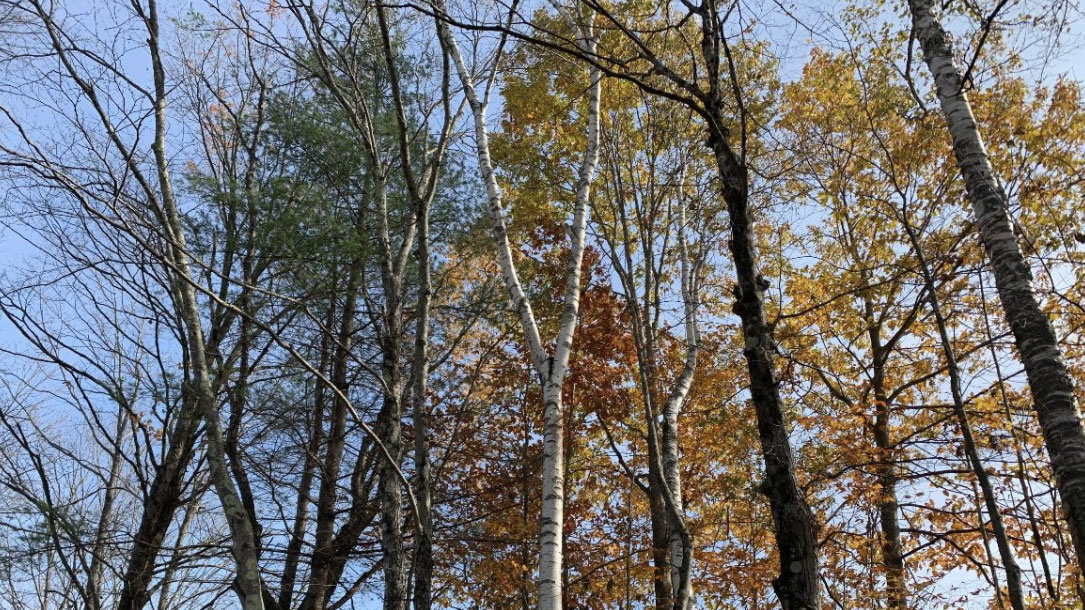
Corporate partnerships in the Family Forest carbon program
The Family Forest Carbon Program, a program created by the American Forest Foundation and The Nature Conservancy, brings together rural family forest owners and companies to address climate change.
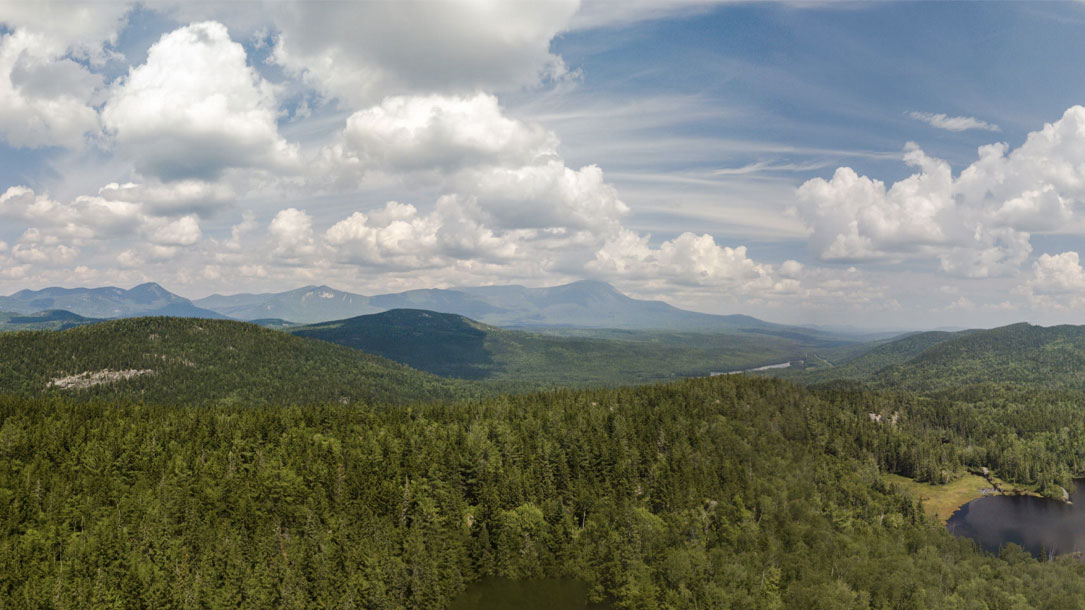
Family forests: An untapped powerhouse in climate change mitigation
[T]he American Forest Foundation and TNC have partnered to develop the Family Forest Carbon Program (FFCP) to remove the barriers smaller landowners often face—carbon market access, lack of forest management expertise, and cost—to help them optimize the carbon storage potential of the 290 million acres of privately-owned U.S. forestland.
Meeting that potential requires helping those individuals and families adopt a science-based approach to take advantage of incentives for specific forest management practices that measurably enhance carbon sequestration. It requires engaging local foresters who have decades of experience working with private landowners.
Through sustainable management, landowners can reduce their expenses by as much as 75 percent…
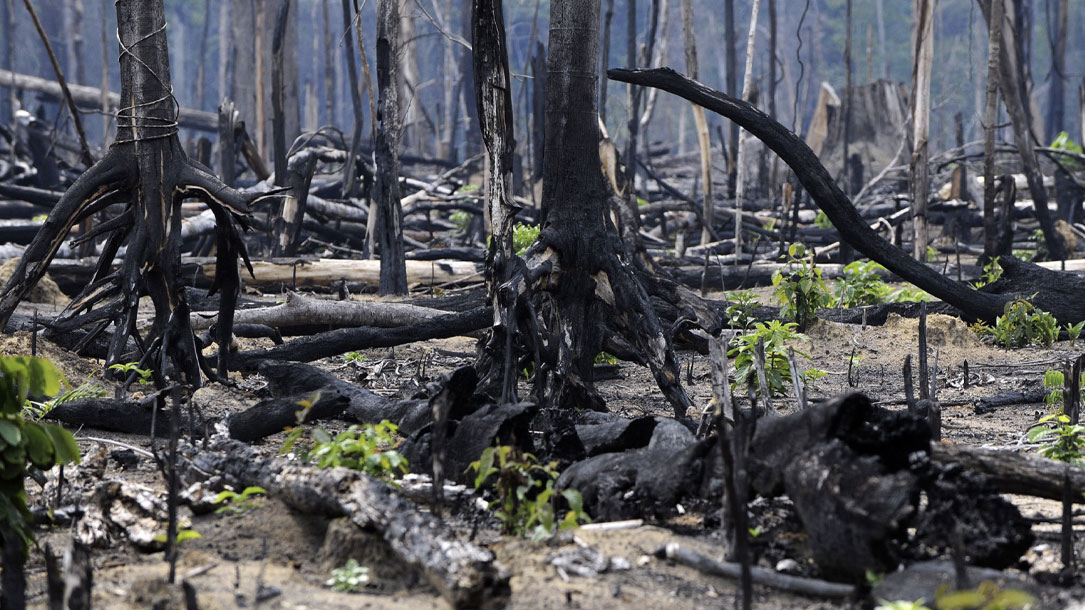
Natural debate: do forests grow better with our help or without?
The study is the most detailed attempt yet to map where forests could grow back naturally, and to assess the potential of those forests to accumulate carbon. “We looked at almost 11,000 measurements of carbon uptake from regrowing forests, measured in around 250 studies around the world,” Cook-Patton told Yale Environment 360…












